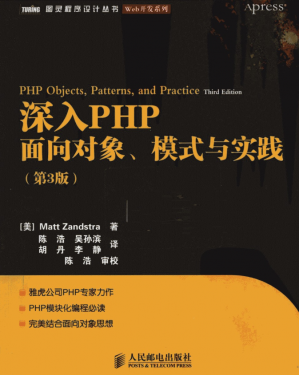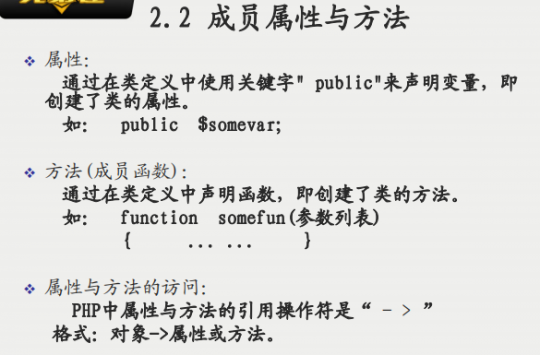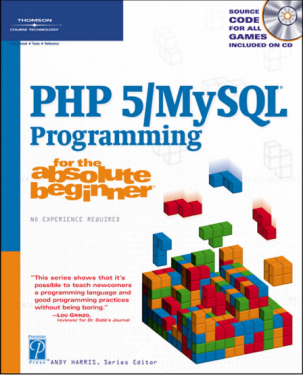
PHP接口限流算法与熔断机制实现:从理论到实战的完整指南
作为一名在PHP领域摸爬滚打多年的开发者,我深知在高并发场景下,接口的稳定性有多么重要。记得有一次,我们的支付接口因为突发流量直接宕机,导致整个交易系统瘫痪了半小时。从那以后,我开始深入研究接口限流和熔断机制,今天就把这些实战经验分享给大家。
为什么需要接口限流与熔断
在实际项目中,接口可能会面临各种突发情况:恶意刷接口、活动期间流量暴增、依赖服务响应变慢等。如果没有防护措施,轻则接口响应变慢,重则服务雪崩。限流算法就像交通信号灯,控制着请求的流量;而熔断机制则像电路中的保险丝,在异常时及时切断连接,保护系统核心功能。
令牌桶限流算法实现
令牌桶算法是我最常用的限流方案,它既能够限制平均速率,又允许一定程度的突发流量。下面是我在实际项目中使用的实现:
class TokenBucket
{
private $capacity; // 桶容量
private $tokens; // 当前令牌数
private $lastTime; // 上次添加令牌时间
private $rate; // 令牌添加速率(个/秒)
public function __construct($capacity, $rate)
{
$this->capacity = $capacity;
$this->rate = $rate;
$this->tokens = $capacity;
$this->lastTime = time();
}
public function acquire($tokens = 1)
{
$now = time();
$timePassed = $now - $this->lastTime;
// 添加新令牌
$newTokens = $timePassed * $this->rate;
$this->tokens = min($this->capacity, $this->tokens + $newTokens);
$this->lastTime = $now;
// 检查令牌是否足够
if ($this->tokens >= $tokens) {
$this->tokens -= $tokens;
return true;
}
return false;
}
}
// 使用示例
$bucket = new TokenBucket(100, 10); // 容量100,每秒添加10个令牌
if ($bucket->acquire()) {
// 执行业务逻辑
echo "请求通过";
} else {
// 限流处理
http_response_code(429);
echo "请求过于频繁,请稍后重试";
}
踩坑提醒:在实际使用中,记得要考虑分布式环境下的同步问题。如果是多服务器部署,建议使用Redis等外部存储来维护令牌桶状态。
滑动窗口限流实现
对于需要更精确控制时间窗口的场景,我推荐使用滑动窗口算法。相比固定窗口,它能更好地应对临界时刻的流量突增问题。
class SlidingWindow
{
private $windowSize; // 窗口大小(秒)
private $limit; // 限制次数
private $redis;
public function __construct($windowSize, $limit)
{
$this->windowSize = $windowSize;
$this->limit = $limit;
$this->redis = new Redis();
$this->redis->connect('127.0.0.1', 6379);
}
public function isAllowed($key)
{
$now = time();
$windowStart = $now - $this->windowSize;
// 移除过期数据
$this->redis->zRemRangeByScore($key, 0, $windowStart);
// 获取当前窗口内的请求数
$current = $this->redis->zCard($key);
if ($current < $this->limit) {
// 添加当前请求
$this->redis->zAdd($key, $now, uniqid());
$this->redis->expire($key, $this->windowSize);
return true;
}
return false;
}
}
// 使用示例
$window = new SlidingWindow(60, 100); // 60秒内最多100次请求
if ($window->isAllowed('api:user:login')) {
// 处理登录逻辑
echo "登录成功";
} else {
http_response_code(429);
echo "操作过于频繁";
}
熔断器模式实现
熔断器是保护系统的最后一道防线。当依赖服务出现问题时,及时熔断可以避免级联故障。下面是我设计的简易熔断器:
class CircuitBreaker
{
const STATE_CLOSED = 'closed'; // 闭合状态:正常请求
const STATE_OPEN = 'open'; // 断开状态:拒绝请求
const STATE_HALF_OPEN = 'half_open'; // 半开状态:试探请求
private $state;
private $failureCount = 0;
private $lastFailureTime;
private $failureThreshold = 5; // 失败阈值
private $timeout = 60; // 熔断超时时间(秒)
public function __construct()
{
$this->state = self::STATE_CLOSED;
}
public function attemptRequest()
{
if ($this->state === self::STATE_OPEN) {
// 检查是否应该进入半开状态
if (time() - $this->lastFailureTime > $this->timeout) {
$this->state = self::STATE_HALF_OPEN;
return true;
}
return false;
}
return true;
}
public function recordSuccess()
{
$this->failureCount = 0;
if ($this->state === self::STATE_HALF_OPEN) {
$this->state = self::STATE_CLOSED;
}
}
public function recordFailure()
{
$this->failureCount++;
$this->lastFailureTime = time();
if ($this->failureCount >= $this->failureThreshold) {
$this->state = self::STATE_OPEN;
}
}
public function execute(callable $operation)
{
if (!$this->attemptRequest()) {
throw new Exception('服务熔断中,请稍后重试');
}
try {
$result = $operation();
$this->recordSuccess();
return $result;
} catch (Exception $e) {
$this->recordFailure();
throw $e;
}
}
}
// 使用示例
$circuitBreaker = new CircuitBreaker();
try {
$result = $circuitBreaker->execute(function() {
// 调用外部服务
return callExternalAPI();
});
echo "请求成功: " . $result;
} catch (Exception $e) {
echo "请求失败: " . $e->getMessage();
}
实战整合:完整的接口防护方案
在实际项目中,我通常会将限流和熔断结合起来使用。下面是一个完整的示例:
class ApiProtection
{
private $limiter;
private $circuitBreaker;
public function __construct()
{
$this->limiter = new TokenBucket(100, 10);
$this->circuitBreaker = new CircuitBreaker();
}
public function protect($apiName, callable $businessLogic)
{
// 第一步:限流检查
if (!$this->limiter->acquire()) {
throw new Exception('接口限流,请稍后重试');
}
// 第二步:熔断检查并执行业务
return $this->circuitBreaker->execute($businessLogic);
}
}
// 在控制器中使用
$protection = new ApiProtection();
try {
$result = $protection->protect('user:register', function() {
// 用户注册业务逻辑
return registerUser($_POST);
});
echo json_encode(['code' => 200, 'data' => $result]);
} catch (Exception $e) {
echo json_encode(['code' => 429, 'message' => $e->getMessage()]);
}
监控与调优建议
实施限流和熔断后,监控是必不可少的。我建议:
1. 记录限流和熔断事件,便于分析系统瓶颈
2. 根据业务特点调整参数,比如电商促销期间可以适当提高限流阈值
3. 设置告警机制,当熔断频繁触发时及时通知开发人员
4. 考虑用户体验,提供友好的错误提示和重试建议
通过这些年的实践,我发现合理的限流和熔断配置能够显著提升系统的稳定性。希望这篇文章能帮助你在项目中更好地保护接口,避免重蹈我当年的覆辙。记住,好的防护措施不是限制,而是为了更好地服务!
1. 本站所有资源来源于用户上传和网络,如有侵权请邮件联系站长!
2. 分享目的仅供大家学习和交流,您必须在下载后24小时内删除!
3. 不得使用于非法商业用途,不得违反国家法律。否则后果自负!
4. 本站提供的源码、模板、插件等等其他资源,都不包含技术服务请大家谅解!
5. 如有链接无法下载、失效或广告,请联系管理员处理!
6. 本站资源售价只是赞助,收取费用仅维持本站的日常运营所需!
源码库 » PHP接口限流算法与熔断机制实现
2. 分享目的仅供大家学习和交流,您必须在下载后24小时内删除!
3. 不得使用于非法商业用途,不得违反国家法律。否则后果自负!
4. 本站提供的源码、模板、插件等等其他资源,都不包含技术服务请大家谅解!
5. 如有链接无法下载、失效或广告,请联系管理员处理!
6. 本站资源售价只是赞助,收取费用仅维持本站的日常运营所需!
源码库 » PHP接口限流算法与熔断机制实现





